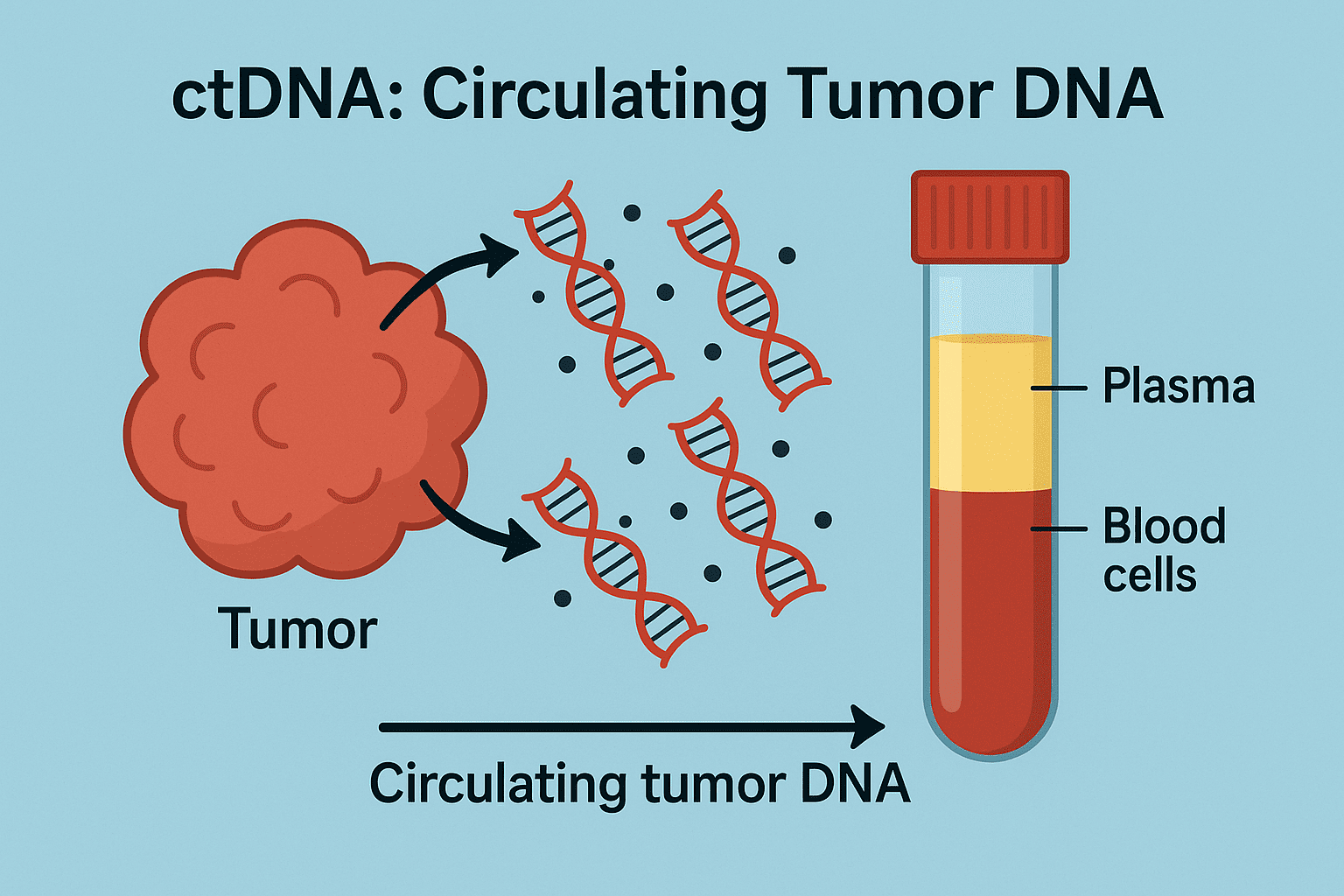Google researchers warn that AI “sandbox economies” could amplify inequality and systemic risk—unless we design them with human values in mind.



A low-dose long-term administration of cannabis can not only reverse aging processes in the brain, but also has an anti-aging effect. Researchers from the University Hospital Bonn (UKB) and the University of Bonn together with a team from Hebrew University (Israel) have now been able to show this in mice. They found the key to this in the protein switch mTOR, whose signal strength has an influence on cognitive performance and metabolic processes in the entire organism. The results are now presented in the journal “ACS Pharmacology & Translation Science”
Some of these cookies are necessary and are used to help make our site work. With your consent, we will also use cookies to improve your experience, analyse site usage and assist in our marketing efforts. By clicking ‘Accept all’, you consent to our use of cookies.


The field of tissue engineering aims to replicate the structure and function of real biological tissues. This engineered tissue has potential applications in disease modeling, drug discovery, and implantable grafts.

Quantum computing promises to solve the seemingly unsolvable in fields such as physics, medicine, cryptography and more.
But as the race to develop the first large-scale, error-free commercial device heats up, it begs the question: how can we check that these ‘impossible’ solutions are correct?
A new Swinburne study is tackling this paradox. The paper is published in the journal Quantum Science and Technology.


The risks posed when kids form bonds with chatbots have turned AI safety from an abstract worry into a political flashpoint. What happens now?

Scientists have uncovered a surprising advantage in next-generation solar technology—the hotter it gets, the better it can store energy. Traditionally, heat has been seen as the enemy of solar power. Standard solar panels lose efficiency as temperatures rise.
But a new study, published in The Journal of Chemical Physics, shows that in special “solar-plus-storage” devices, heat can actually boost performance by speeding up the internal chemical reactions that store energy.
The team studied photoelectrochemical (PEC) flow cells—an emerging technology that combines the sunlight-harvesting ability of a solar panel with the storage power of a battery.